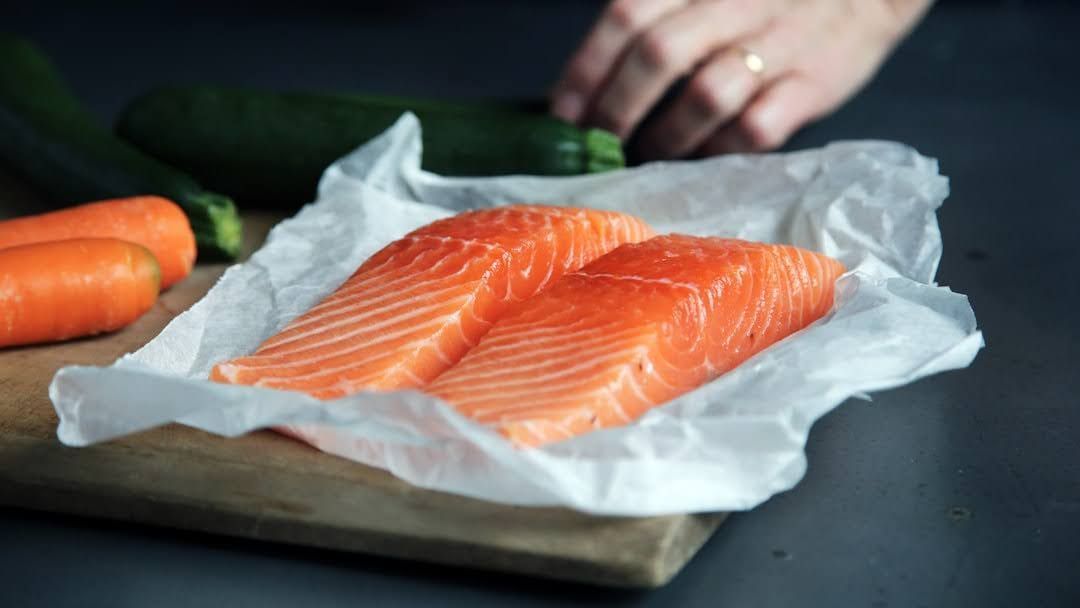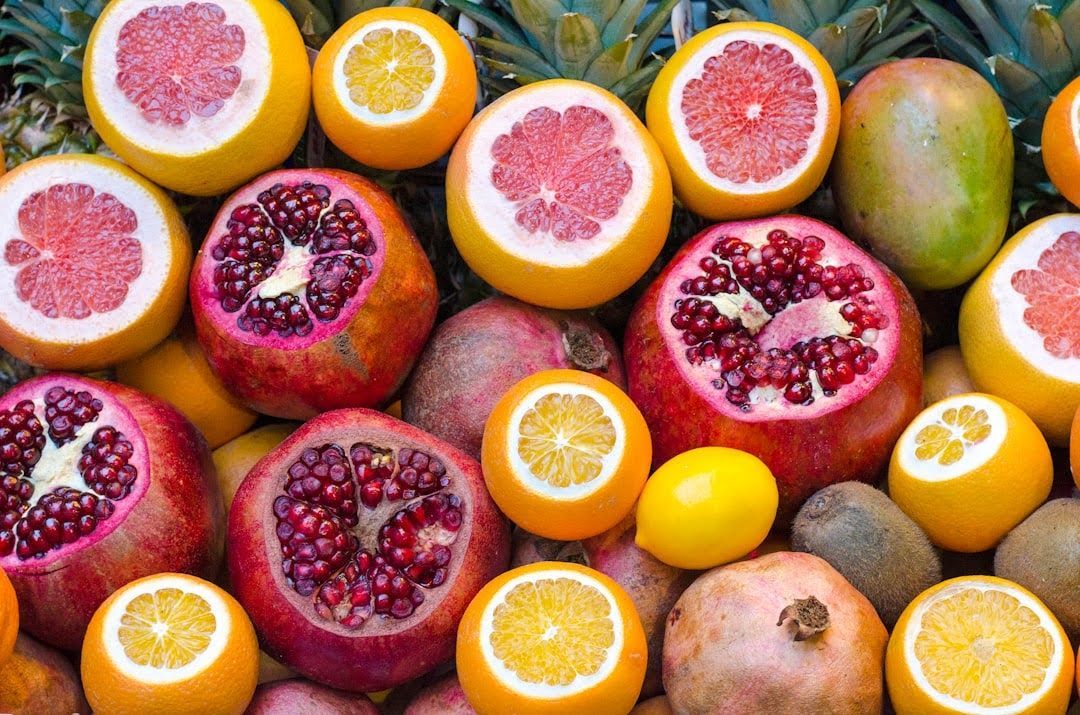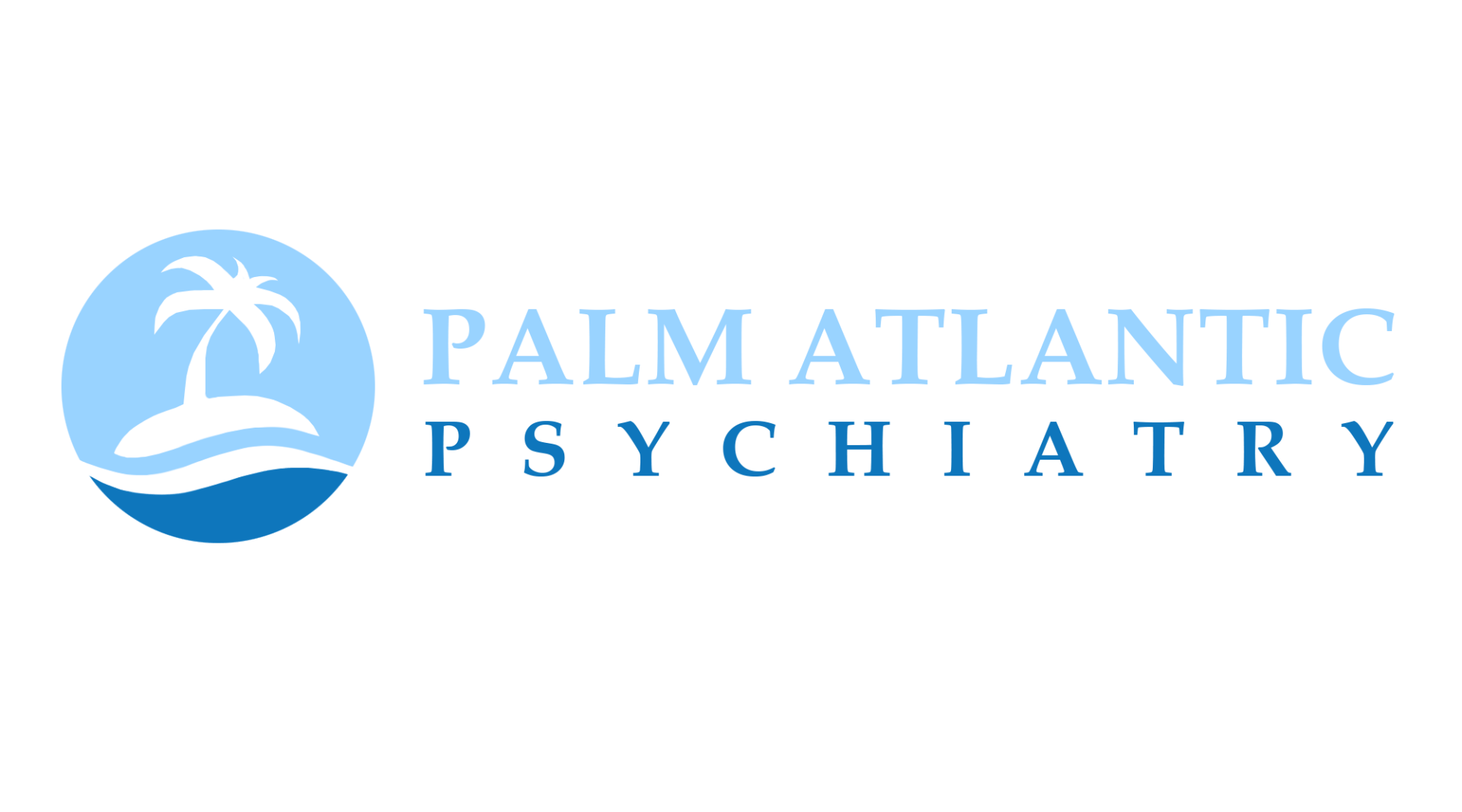6 Foods to Help Improve ADHD
Attention-Deficit/Hyperactivity Disorder (ADHD) affects millions of people worldwide, including children and adults. While medication and therapy are commonly prescribed treatments, many are turning to dietary changes to help manage ADHD symptoms. Research suggests that certain foods can have a positive impact on brain function and behavior, potentially improving ADHD symptoms. In this article, we'll explore six foods that can help improve ADHD and how you can incorporate them into your diet.
Omega-3 Rich Fish

Omega-3 fatty acids are essential for brain health and function. Studies have shown that individuals with ADHD often have lower levels of omega-3s. Including fish like salmon, mackerel, and sardines in your diet can help boost these essential fatty acids.
Benefits of Omega-3s
Omega-3 fatty acids help reduce inflammation, improve mood, and support cognitive function. They are particularly beneficial for children and adults with ADHD because they can enhance concentration and reduce hyperactivity and impulsiveness.
How to Incorporate Omega-3 Rich Fish
Try to include fish in your meals at least twice a week. You can bake, grill, or steam fish and serve it with vegetables for a balanced meal. If you or your child doesn't like fish, consider omega-3 supplements after consulting with a healthcare provider.
Eggs

Eggs are a great source of protein and other nutrients that are essential for brain health, including choline and vitamin D. Protein can help stabilize blood sugar levels, which is crucial for maintaining focus and attention.
Benefits of Eggs
Eggs provide a steady source of energy and help keep blood sugar levels stable. Choline, found in eggs, is important for memory and learning. Vitamin D is also crucial for brain health and can improve mood and cognitive function.
How to Incorporate Eggs
Eggs are versatile and can be included in various meals. You can have them boiled, scrambled, or made into an omelet. They can also be added to salads or sandwiches for a quick and nutritious meal.
Lean Protein
Protein is essential for brain function and can help manage ADHD symptoms. Lean proteins like chicken, turkey, and tofu provide the necessary building blocks for neurotransmitters, which are chemicals that transmit signals in the brain.
Benefits of Lean Protein
Lean protein helps maintain stable blood sugar levels, which can improve focus and reduce impulsivity. It also provides the amino acids needed for the production of neurotransmitters like dopamine and serotonin, which play a role in mood and behavior.
How to Incorporate Lean Protein
Include lean protein in your meals by grilling, baking, or stir-frying chicken or turkey. Tofu can be added to stir-fries or salads. Aim to include a source of lean protein in each meal to help manage ADHD symptoms.
Whole Grains
Whole grains like oats, brown rice, and quinoa provide a steady source of energy and essential nutrients like fiber, vitamins, and minerals. They help stabilize blood sugar levels and provide sustained energy throughout the day.
Benefits of Whole Grains
Whole grains help maintain steady blood sugar levels, preventing the spikes and crashes that can affect focus and attention. They also provide fiber, which supports digestive health and can improve mood and behavior.
How to Incorporate Whole Grains
Replace refined grains with whole grains in your diet. Choose whole grain bread, pasta, and cereals. Include quinoa or brown rice as a side dish, and try oatmeal for breakfast to start the day with sustained energy.
Fruits and Vegetables

Fruits and vegetables are rich in vitamins, minerals, and antioxidants that support overall health and brain function. They provide essential nutrients that can help improve ADHD symptoms.
Benefits of Fruits and Vegetables
Fruits and vegetables provide a wide range of nutrients that support brain health, including vitamin C, vitamin A, and antioxidants. They also help reduce inflammation and oxidative stress, which can affect mood and behavior.
How to Incorporate Fruits and Vegetables
Aim to include a variety of fruits and vegetables in your diet. Snack on fresh fruit, add vegetables to salads and stir-fries, and include a side of vegetables with each meal. The more colorful your plate, the better!
Nuts and Seeds
Nuts and seeds are excellent sources of healthy fats, protein, and other nutrients that support brain health. They can help improve focus, attention, and overall cognitive function.
Benefits of Nuts and Seeds
Nuts and seeds provide essential fatty acids, protein, and vitamins like vitamin E, which are important for brain health. They can help stabilize blood sugar levels and provide sustained energy, reducing hyperactivity and improving focus.
How to Incorporate Nuts and Seeds
Snack on a handful of nuts or seeds, add them to yogurt or oatmeal, or include them in salads and stir-fries. Choose unsalted and raw nuts and seeds for the best nutritional benefits.
Conclusion
Diet plays a crucial role in managing ADHD symptoms. Incorporating these six foods—omega-3 rich fish, eggs, lean protein, whole grains, fruits and vegetables, and nuts and seeds—can help improve focus, attention, and overall brain health. While dietary changes alone may not completely eliminate ADHD symptoms, they can be a valuable part of a comprehensive treatment plan.
Before making any significant changes to your diet, it's important to consult with a healthcare provider, especially if you or your child is currently taking medication for ADHD. A balanced diet, along with other treatments and interventions, can help manage ADHD symptoms and improve quality of life.





